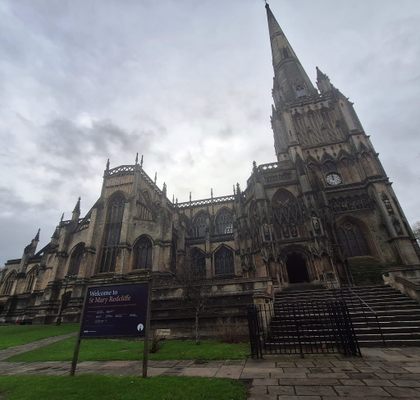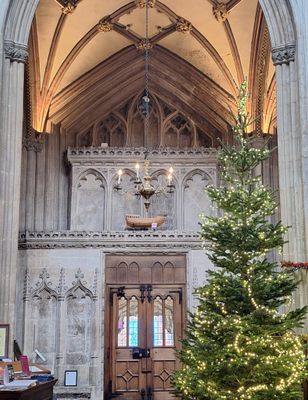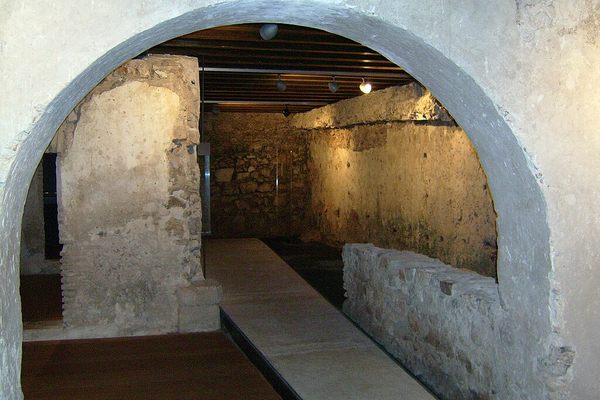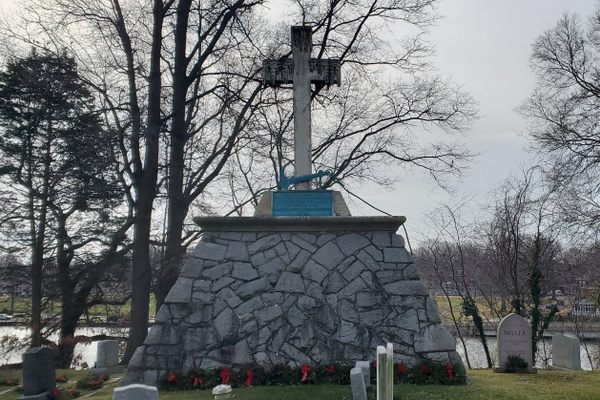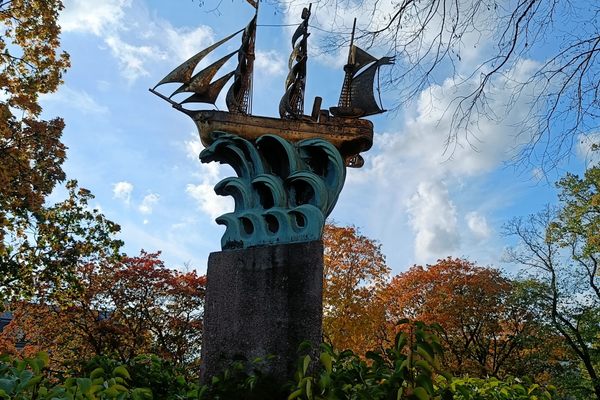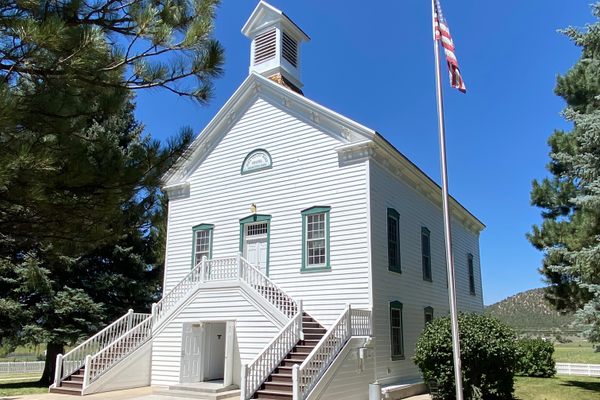About
St. Mary Redcliffe has strong links with the American continent. One of the most peculiar ones is undoubtedly the small model of the Matthew vessel that presides over one of the entrance doors to the temple. The church played a pivotal role in English maritime history, with connections to famous explorers like John Cabot and William Penn (whose son founded Pennsylvania), which explains its presence there.
In 1497, John Cabot, an Italian explorer sailing under the English flag, embarked on a voyage from Bristol to Newfoundland. Seeking a westward route to Asia, Cabot reached the coast of North America, likely landing in Newfoundland or nearby areas. Although the exact details remain uncertain, this expedition is significant as it marks one of the earliest known European explorations of North America, preceding Christopher Columbus's second voyage by a year. Richard Amerike, the Sheriff of Bristol, had the task of raising the funds for this voyage. He may have given his name to the newly discovered continent. His daughter, Iohanna Brook, is buried in this church.
The model of the Matthew above the north door of the church was presented to St. Mary Redcliffe on Rush Sunday 1996. That same year, a replica of the Matthew set sail from Bristol to do exactly as John Cabot had done 500 years earlier. In 1997, at St. Mary's Redcliffe, prayers were said for the ship's safe passage to America once the crew were back in Bristol.
Related Tags
Know Before You Go
St. Mary Redcliffe Church is open to visitors from 8 a.m. to 5 p.m. Monday through Saturday. On Sundays, the church is open from noon till 4:30 p.m.
The model of the Matthew can be found above the north door of the church.
Published
February 26, 2024




